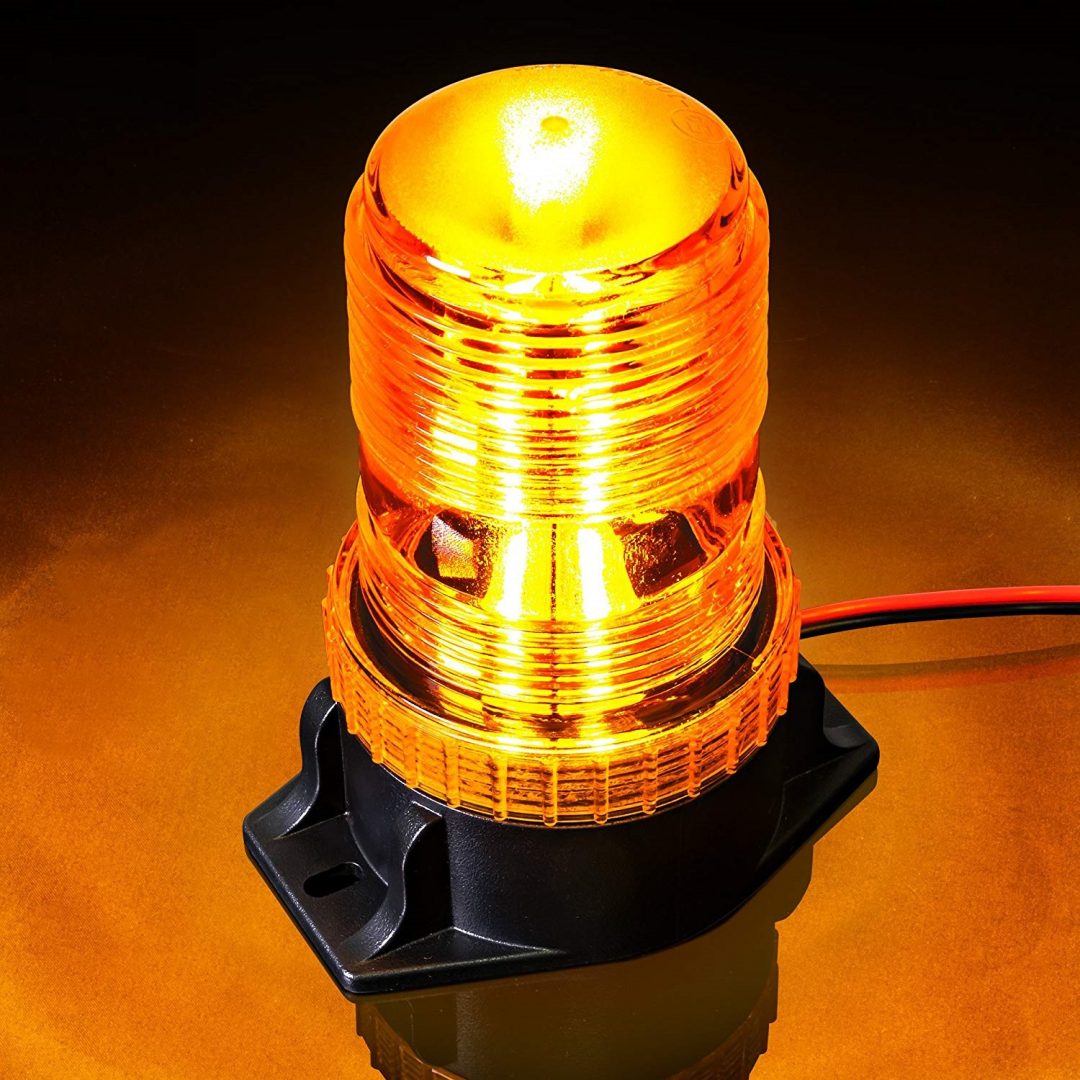For many years, strobe lights have been used to analyse the behaviour of spinning equipment, oscillating vibration of components or structures, and balance. Strobe lights can have a wide range of functions. This explains the large price range. The discussion that follows may assist you in determining which strobe light is most suited for the tasks you have in mind for your plant.
Most strobe lights today come with rechargeable batteries as standard, making them genuinely portable and convenient to use in the field. You can click here for a full view on patlite revolving light available. The strobe light’s concept is to shoot a bright light at a certain frequency or exact sub-multiple frequency, which is commonly measured in flashes per minute (FPM). This enables the light to be coordinated with the speed of equipment or the frequency of a vibration situation that may be of concern. The way strobe lights are activated to fire is the main distinction.
As a Troubleshooting Tool.
The strobe light may be highly useful for determining the reasons for rough running equipment, vibrating brackets, and pipe hangers, as well as modifying machinery that is designed to vibrate, such as non-rotating product conveyors. Balance, validating alignment, testing for looseness, and platform or piping system motion studies may all be done with a strobe light that can measure phase.

Unbalance and Phases
For balance, four elements are necessary. Speed, running speed, vibration intensity, and phase are the four variables. Because it offers speed and phase data, the strobe light may be utilised for balancing. It can be linked to a vibration data collector that requires a phase reference signal. Balance programmes for single and multi plane balancing are included into several data collectors.
Because balancing is a topic in and of itself, it will not be discussed in depth in this article. Some tips on how to utilise the strobe light to assist grasp some of the features of an imbalanced condition are presented.
Move the sensor to the bearing on the opposite end after setting up the strobe light and getting a vertical or horizontal reading (depending on the bearing support rigidity). It’s critical to maintain the sensor’s position orientation consistent on both bearings. Only the sensor should be moved, not the strobe light.
Conclusion
Any plant can benefit from a basic strobe light. The user may utilise it to locate and replace worn belts, springs, valves, and dampers. To boost performance, adjustments to machinery can be made. Non-rotating machinery can also be inspected and changed to improve product handling.
A strobe light with phase analysis capabilities adds another level of machinery diagnostics and issue solution to the user’s toolkit. Balancing, alignment verification, looseness checks, and platform or piping system motion studies are examples of these duties.
The capacity to determine how a machine vibrates or moves is provided by phase analysis. Once the pattern of machine deflection or movement is established, a reliable diagnosis of a problem may be made using a combination of vibration frequency analysis, phase analysis, and understanding of the system’s mechanics.…

